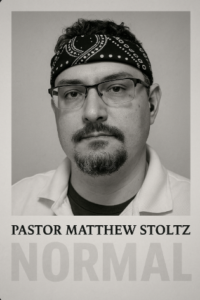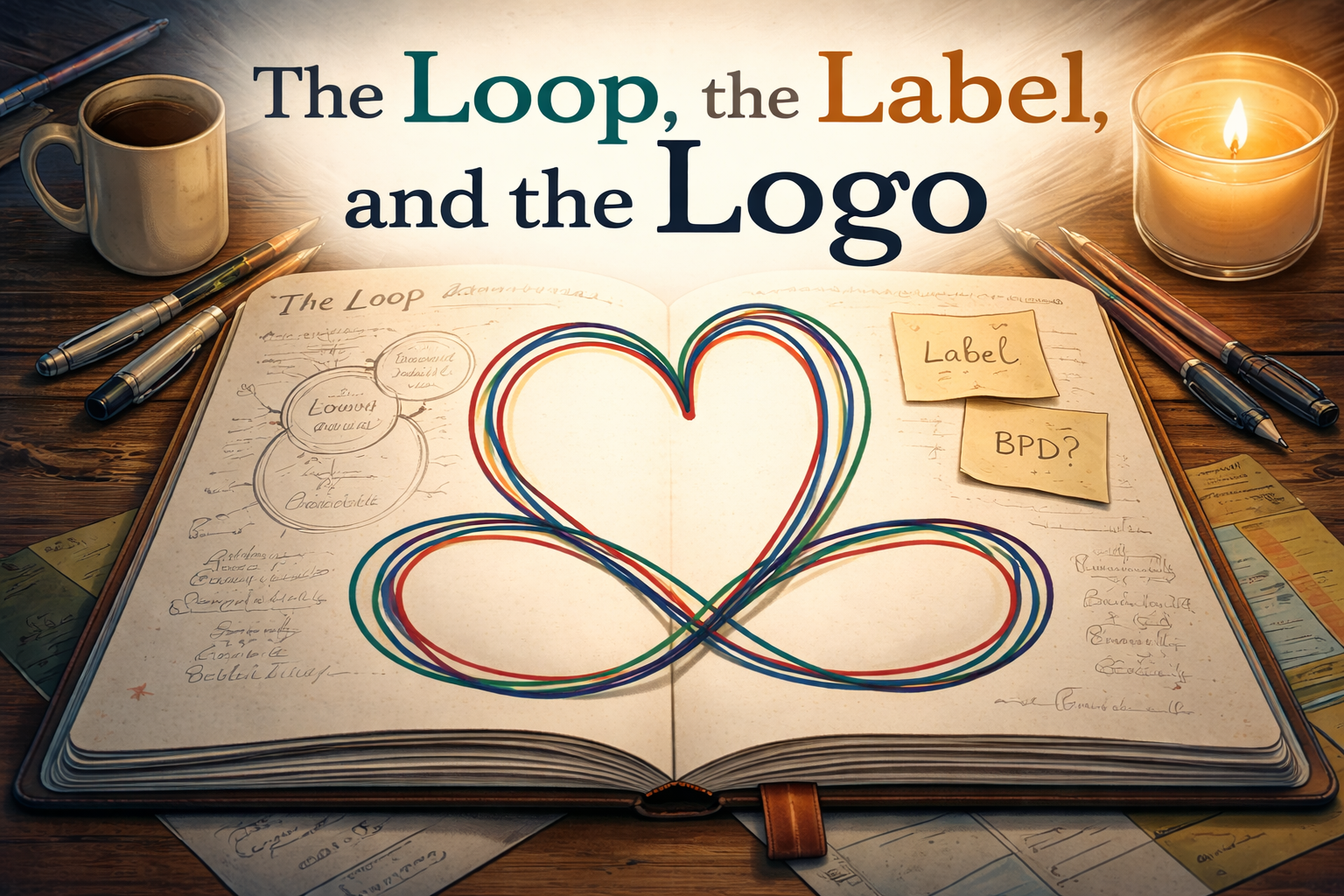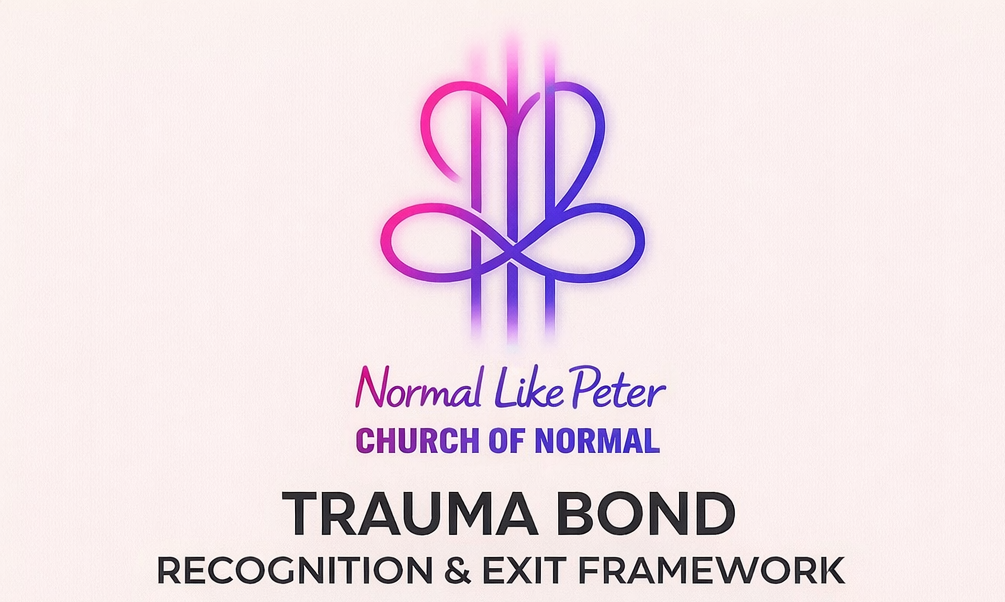For years, I felt like I had Borderline Personality Disorder (BPD). The intense emotions, the fear of abandonment, the struggles in relationships—it all seemed to fit. But as I dove deeper into my healing journey, I realized something that changed everything: what if my symptoms weren’t because of a personality disorder, but instead a trauma-induced system that could be reprogrammed? What if I had Complex PTSD (CPTSD) all along?
I’m not alone in this experience. Many people who are diagnosed (or who self-diagnose) with BPD are actually suffering from unresolved trauma. The problem is that BPD carries a heavy stigma, and just the idea of having it can bring immense shame. But what if healing isn’t about “fixing” a personality disorder—what if it’s about unlearning survival mechanisms caused by trauma?
CPTSD vs. BPD: The Overlap and Key Differences
The reason so many people with CPTSD get misdiagnosed with BPD is because they share a lot of the same symptoms, including:
- Emotional dysregulation
- Fear of abandonment
- Identity struggles
- Dissociation
- Self-destructive tendencies
- Intense relationships
However, there is a key difference:
- CPTSD is trauma-based—It develops from prolonged trauma (often childhood neglect, abuse, or emotionally unavailable caregivers). It creates survival mechanisms that can be unlearned and healed.
- BPD is classified as a personality disorder—While often linked to trauma, it is considered more ingrained in identity and emotional processing. It does not always directly stem from trauma in the way that CPTSD does.
One major distinction? CPTSD responds to trauma healing. When someone with CPTSD focuses on safety, emotional regulation, and self-trust, their symptoms often improve. Many people who were once diagnosed with BPD find that they no longer meet the criteria after addressing their trauma.
Why So Many People Get Misdiagnosed
- CPTSD Is a Newer Diagnosis – It was only officially recognized in the ICD-11 (2022), while BPD has been in diagnostic manuals for decades. Many therapists are still catching up.
- Medical Bias – Historically, therapists (especially those unfamiliar with trauma) have been quick to diagnose BPD in people—especially women—who show intense emotional pain.
- BPD Has a Stigma – Being diagnosed with BPD can feel like a life sentence because it is seen as a “disorder of personality” rather than a condition that can be healed.
- CPTSD Looks Like BPD in Relationships – Someone with CPTSD may:
- Fear abandonment (leading to anxious, reactive behaviors)
- Experience emotional flashbacks (causing extreme mood shifts)
- Dissociate or shut down (which can be seen as “cold” or distant)
- Be hypervigilant (which can be seen as paranoia)
- Engage in self-sabotaging behaviors (which can look impulsive or reckless)
To an outsider—especially in an intimate relationship—these behaviors can look exactly like BPD.
My Experience: The BPD Stigma vs. The CPTSD Reality
In the last five years, I became deeply self-aware. For a long time, I was preparing to seek a diagnosis because I believed that my relationship struggles were entirely due to my own issues. I internalized the shame, thinking I was “too much” or “broken.”
But when I started learning about CPTSD and trauma healing, the truth became clear. My emotional dysregulation, my intense reactions, my struggles with relationships—these were trauma responses, not an inherent personality flaw. I wasn’t broken. I was wired for survival in a world that had been unsafe for me.
And when I started addressing my trauma, things started to change. I became more stable. My triggers became clearer. My emotional swings lessened. My fear of abandonment didn’t control me as much. Healing was happening, and it had nothing to do with managing a “disorder”—it had everything to do with understanding my trauma and reprogramming my nervous system.
Where Do You Go From Here?
If this resonates with you, here are some steps to explore:
- Read More About CPTSD vs. BPD – Books like The Body Keeps the Score (Bessel van der Kolk) and CPTSD: From Surviving to Thriving (Pete Walker) are great starting points.
- Seek a Trauma-Informed Therapist – Someone who understands the difference between BPD and CPTSD can help clarify what’s happening for you.
- Journal Your Patterns – Start tracking when you feel abandoned, dysregulated, or impulsive. Ask yourself: Is this a trauma trigger? What past experience does this remind me of?
- Focus on Trauma Healing – Methods like EMDR, somatic therapy, self-parenting, and inner child work can help rewire your brain for safety and stability.
- Question the Stigma – If you’ve been diagnosed with BPD (or if you’ve feared you have it), take a step back. Are you really dealing with a personality disorder, or are you carrying trauma that hasn’t been fully processed yet?
Final Thoughts: You Are Not Broken
If you’ve ever felt the shame of believing you have BPD, know this: healing is possible. Even if you have traits that resemble BPD, that does not mean you are permanently stuck with them. Trauma can be healed. Nervous systems can be rewired. You are not broken—you are wounded. And wounds can heal.
For me, shifting my perspective from “I might have BPD” to “I am healing from trauma” changed everything. And if this post helps even one person question the stigma and seek deeper healing, then it was worth writing.
If this resonates with you, drop a comment below—let’s open up the conversation and break the stigma together.




